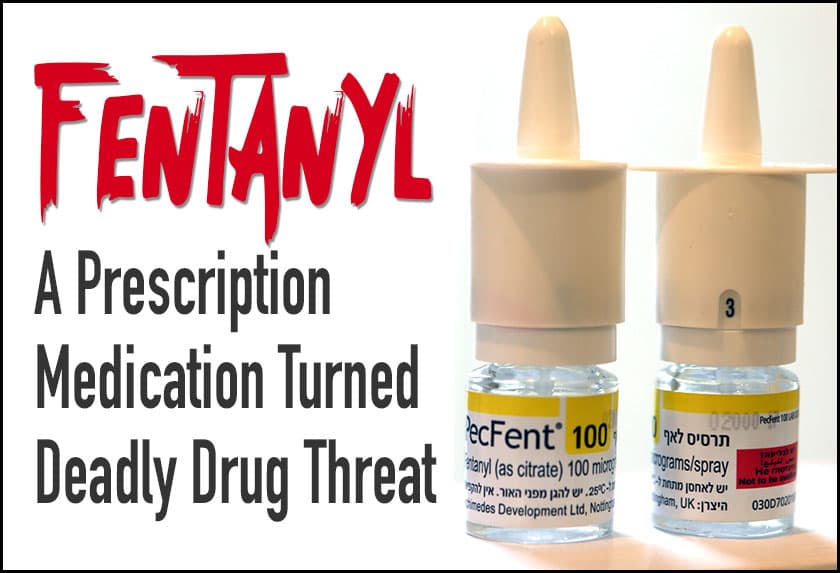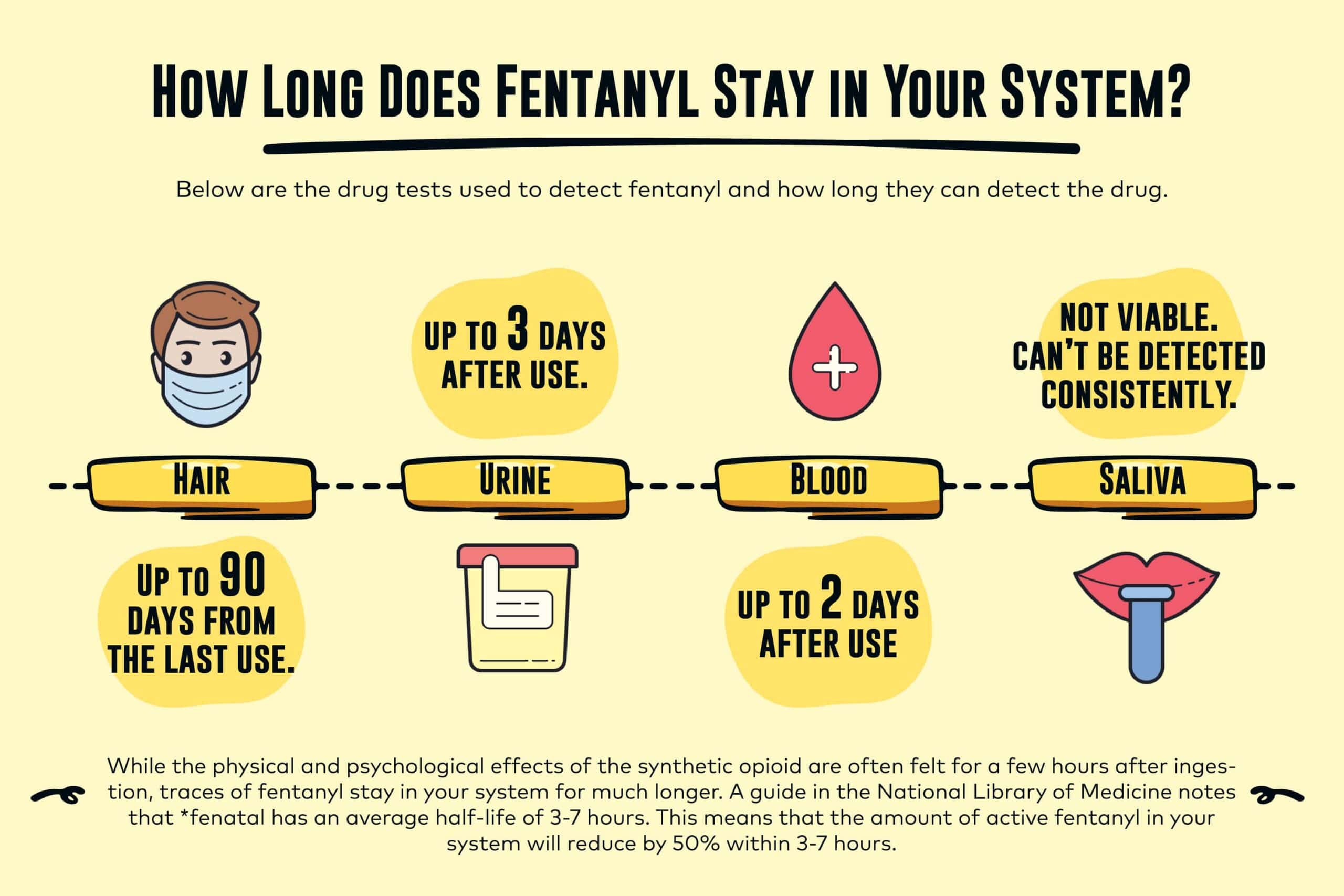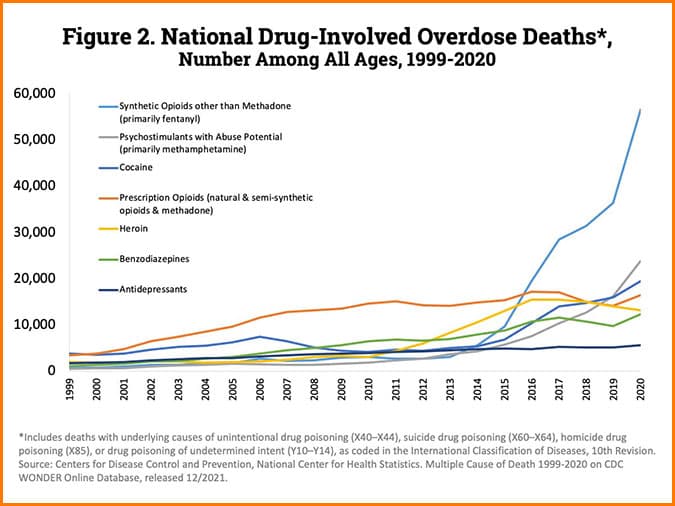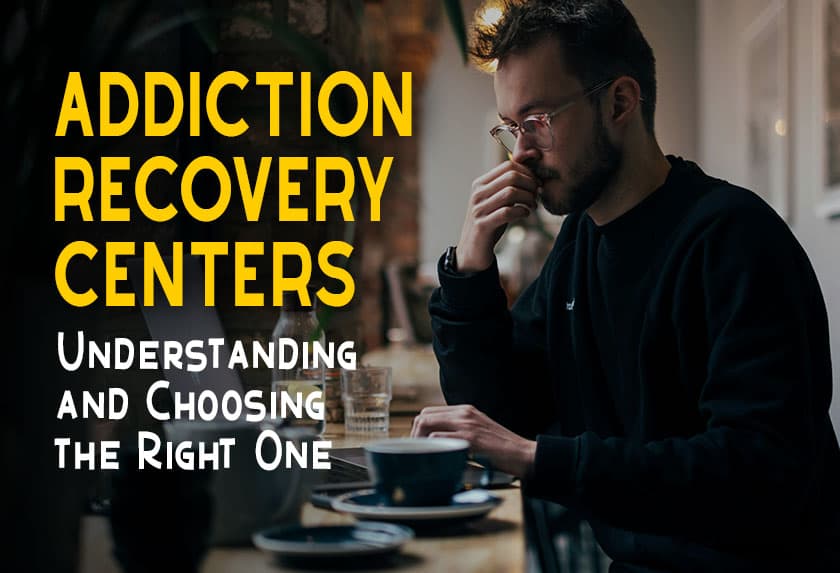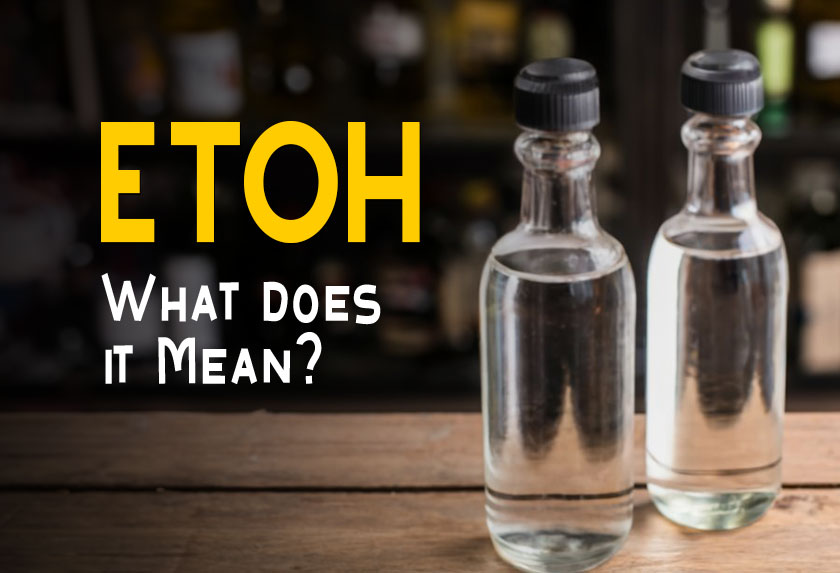Fentanyl—a synthetic opioid prescribed by doctors for severe pain management—is threatening to be the deadliest drug threat in the United States. And emerging trends suggest that the potentially lethal drug is being illicitly manufactured and distrusted to young people in a candy-like form.
According to an August 2022 warning issued by the U.S. Drug Enforcement Administration (DEA), there’s an alarming trend of multicolored fentanyl (“rainbow fentanyl”) targeted at young people across the country. And between May and September, the DEA and its law enforcement partners seized 36 million lethal doses of illegal fentanyl off the streets. Here’s why this is a concern:
The U.S. Department of Justice recognizes fentanyl as “the deadliest drug threat facing this nation.” It’s highly potent with a significant risk of fatal overdose. Of the 107,622 drug poisoning or overdose deaths in 2021, 66% were attributed to fentanyl and other synthetic opioids.
So as the drug continues to sneak into our communities disguised as colorful candy-like pills, it’s critically important that we raise the alarm and educate the public on the dangers it poses—especially to young people.
Read on for a breakdown of everything you need to know about fentanyl. We’ll answer common and important questions such as:
- What is fentanyl?
- What is fentanyl used for?
- What is fentanyl made from?
- What color is fentanyl?
- How long does fentanyl stay in your system?
- What are the signs of a fentanyl overdose?
- Is fentanyl addictive? And how do you treat fentanyl addiction?
What is Fentanyl?
Fentanyl (sometimes misspelled as fenatal) is a synthetic opioid that is available as transdermal patches, injectable formulations, sublingual tablets, effervescent buccal tablets, or oral lozenges.
It was initially designed as an intravenous anesthetic in the 1960s. But it later developed into a prescription medication for acute and chronic pain due to its potency. As an analgesic, most sources estimate that fentanyl is approximately 100X stronger than morphine and 50X more potent than heroin.
Unfortunately, the potency of fentanyl (coupled with its availability) is proving to be a double-edged sword. The same qualities that make it an attractive pain-controlling medication also make it appealing for illicit manufacturing, distribution, and recreational use.
As a street drug, fenatal goes by names such as Dance Fever, Friend, China Town, China Girl, Apache, Great Bear, He-Man, Goodfellas, Murder 8, Tango & Cash, Jackpot, and King Ivory.
What is Fentanyl Made From?
Whether it’s illegally manufactured or pharmaceutical, *fenatal is a synthetic opioid. Unlike opiates like morphine, which are derived from the poppy plant, fentanyl is produced in the lab using restricted chemicals and specialized skills.
More specifically, fentanyl [N-(1-(2-phenethyl)-4-piperidinyl-N-phenyl-propanamide] is derived from piperidine—a compound used in the synthesis of pharmaceuticals. It may also contain other substances to facilitate the effective delivery of the drug.
What Color is Fentanyl?
As a pure powder, fentanyl is typically white in color—like most similar substances. And when in liquid form, it is usually colorless.
It is important to note that illicitly manufactured fentanyl is often laced with other substances or drugs such as Xanax, heroin, cocaine, and oxycodone—so the color and appearance may differ. And according to the Centers for Disease Control and Prevention (CDC), it’s nearly impossible to tell if a drug is laced with fentanyl by its look, smell, and taste. You need to use fentanyl test strips to be sure.
In the case of “rainbow fentanyl,” the drug is mixed with multiple bright colors and pressed into different shapes and sizes—including blocks that look like sidewalk chalk. The DEA notes that this is a deliberate attempt by drug traffickers to lure young people and get them addicted.
A major concern is that the candy-like appearance of the “rainbow fentanyl” poses a risk of unintentional overdose. Kids can accidentally come across the colorful pills and ingest them. And considering as little as 2 milligrams of fentanyl is considered lethal, one pill could kill a person.
What is Fentanyl Used For?
Fentanyl belongs to a class of medications known as opioid agonists, which work by influencing how the brain/body feels and responds to pain. Fentanyl is an opioid analgesic mostly used for treating severe and/or chronic pain, especially after surgery or among patients with advanced-stage cancer.
In addition to pain relief, *fenatal is also associated with psychological and physical effects such as sedation, feelings of relaxation, euphoria, and dizziness.
A 2021 study published in the journal Drug and Alcohol Dependence shows that fentanyl can be added to heroin for increased strength—owing to its higher potency. Recreational drug users may end up buying fentanyl under the guise of potent heroin, potentially resulting in overdose deaths.
Please keep in mind that the DEA classifies fentanyl in the Schedule II controlled substance category. Compounds under this category have accepted medical use—but are deemed dangerous with a high potential for abuse and dependence. Other Schedule II drugs include oxycodone, cocaine, methamphetamine, Adderall, and hydrocodone.
How Long Does Fentanyl Stay in Your System?
While the physical and psychological effects of the synthetic opioid are often felt for a few hours after ingestion, traces of fentanyl stay in your system for much longer. A guide in the National Library of Medicine notes that *fenatal has an average half-life of 3-7 hours. This means that the amount of active fentanyl in your system will reduce by 50% within 3-7 hours.
So, how long does fentanyl stay in your system? The answer to this question varies based on a number of factors, including:
- Duration of use
- The dose administered – The more fentanyl you take, the longer it’s expected to stay in your body.
- Frequency of use
- Method of delivery – Intravenous delivery usually has the fastest elimination, with transdermal and oral delivery taking longer.
- Age – Older people may have lower clearance.
- Height, weight, body fat – Fentanyl appears to be redistributed to fat tissue, meaning people with more body fat may retain traces of the drug for longer.
- Genetics – Some people may have inherited poor enzyme function (CYP3A4 enzyme), which impacts how their system metabolizes fentanyl.
- Metabolism and food intake
- Liver health – The liver plays an important role in eliminating fentanyl from your system. Poor liver function means your detection times may increase.
- Overall physical health
- Usage of other substances – Using other drugs or substances simultaneously with *fenatal may affect how your body metabolizes the synthetic opioid.
Traces of the synthetic opioid linger longer in some body systems than others. For this reason, the amount of time fentanyl can be detected in your system depends on the drug test used.
Here are the drug tests used to detect fentanyl and how long they can detect the drug.
- How long does fentanyl stay in your hair? According to a study published in The American Journal of Drug and Alcohol Abuse, hair is a reliable way to detect the use of fentanyl in the past. Hair drug tests have the longest detection times—up to 90 days from the last use.
- How long does fentanyl stay in your urine? Fentanyl in your system is broken down into metabolites that continue to show up in your urine for up to 72 hours (3 days) after use.
- How long does fentanyl stay in your blood? Blood tests for fentanyl are not the go-to detection method due to their invasive nature. But when used, they can pick up traces of the synthetic opioid in your system for up to 2 days after the last use. However, keep in mind that the delivery method may significantly affect the detection time of fentanyl in your blood.
- How long does fentanyl stay in your saliva? Finally, a study appearing in the journal Anesthesia and Analgesia concluded that “Neither fentanyl nor its metabolites could be detected consistently at any time in saliva. Saliva testing does not appear to be a viable alternative to urine testing based.”
Fentanyl Overdose
The CDC reports an acceleration in overdose deaths associated with synthetic opioids such as fentanyl. Between 2013 and 2020, the number grew by 18X to 56,000 deaths. This means that more than 150 people lose their lives every day due to synthetic opioid overdoses.
When a person takes fentanyl as part of a medically-supervised pain relief treatment plan, the risk of overdose is low.
The high number of opioid overdoses is linked to both the misuse of prescribed medication and the use of illegally manufactured fentanyl. In the case of the latter, the CDC points out that “illicit drugs do not come with an ingredient list—with many containing deadly doses of fentanyl.”
And according to an analysis by the DEA, some counterfeit *fenatal pills contain as high as 5.1 milligrams of the synthetic opioid. This is more 2X the lethal dose of 2 milligrams—and a reason for the high risk of fentanyl overdoses.
Additionally, fentanyl pills often resemble other drugs such as Percocet—or in the case of “rainbow fentanyl,” candy—leading to unintentional deaths.
Here are some symptoms of a fentanyl overdose:
- Weak/slow breathing or respiratory failure
- Discolored skin (bluish-purple)—especially around the nails and lips
- Confusion
- Muscle weakness or a limp body
- Small, constricted “pinpoint pupils”
- Loss of consciousness
- Extreme drowsiness
- Gurgling or choking sounds
- Clammy and/or cold skin
When someone is overdosing, it’s important to act immediately. If you notice some of the symptoms of a fentanyl overdose, call for medical help right away, lay the victim on the side to reduce the risk of choking, and try to keep them awake until help arrives.
And if you have access to naloxone, the CDC recommends administering it to temporarily reverse the opioid overdose. The medication blocks the adverse effects of opioids in your system by attaching to opioid receptors for around 30-90 minutes. Naloxone is available in most local pharmacies without the need for a prescription.
Addiction and Treatment
Like other opioids, fentanyl is believed to act on your brain’s reward system. Over time, the drug triggers neurochemical changes that affect dopamine production. Your brain may adapt to fentanyl, diminishing its sensitivity and making it hard to find pleasure from anything besides the opioid.
When you develop dependence, drug seeking and compulsive drug use take over your life. Once addicted, attempting to quit or reduce your familiar dose may lead to uncomfortable withdrawal symptoms such as:
- Cravings
- Muscle and joint pain
- Sleep problems
- Nausea and vomiting
- Feeling too cold or too hot
- Uncontrollable leg movements
- Agitation or restlessness
- Increased heart rate
- Diarrhea
- Anxiety or irritability
- Chills or sweating
Fentanyl addiction treatment involves several components, including specialized medical detox, behavioral therapies, and alternative therapies. At Revive Detox Addiction Treatment Los Angeles, we offer all these treatment modalities to help you recover from fentanyl drug addiction.
Our goal is to help your take back your life by overcoming the obstacles in your recovery journey.
Image Credits:
DanielTahar – CC BY-SA 4.0
NIH – Public Domain
